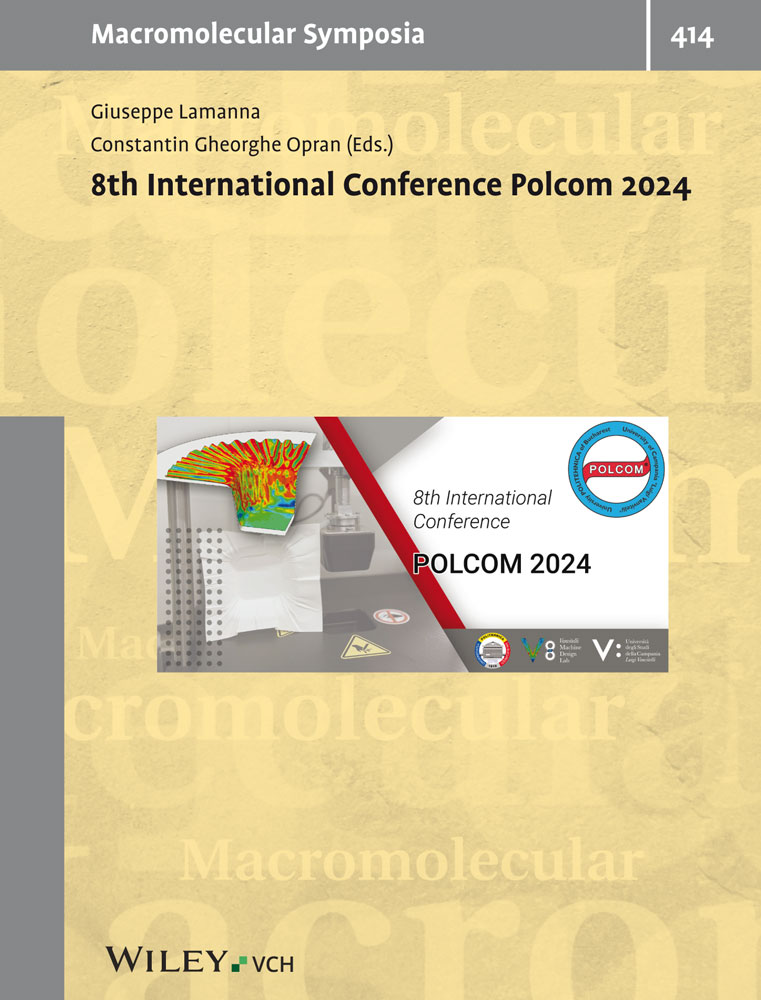A comparative study of the rheological and structural properties of gelatin gels of mammalian and fish origins
Abstract
From a long time, the traditional source of collagen has been mammals wastes, mainly bovine and porcine skins and bones. This study undertakes a comparative analysis of the viscoelastic behaviour and the structural properties of gelatin gels from both mammalian and fish origins.
All the rheological measurements were carried out within the linear viscoelastic region for gelatin gels and tentatively related to structural characteristics. At a given concentration the pig gelatine exhibits a high storage modulus, G′, which indicates that the gel is stiffer than the fish one. The helical structures content measured by the specific rotation, [α], is also higher for the pig gelatin. Moreover, the gel is denatured in the same range of temperature, namely, around 30°C but the transition is sharper for fish gelatine. These differences between the gelatins lie in the amino-acid composition and molecular weight distribution which may influence the nature of the interchain junctions yielding to various gel mesostruture.




